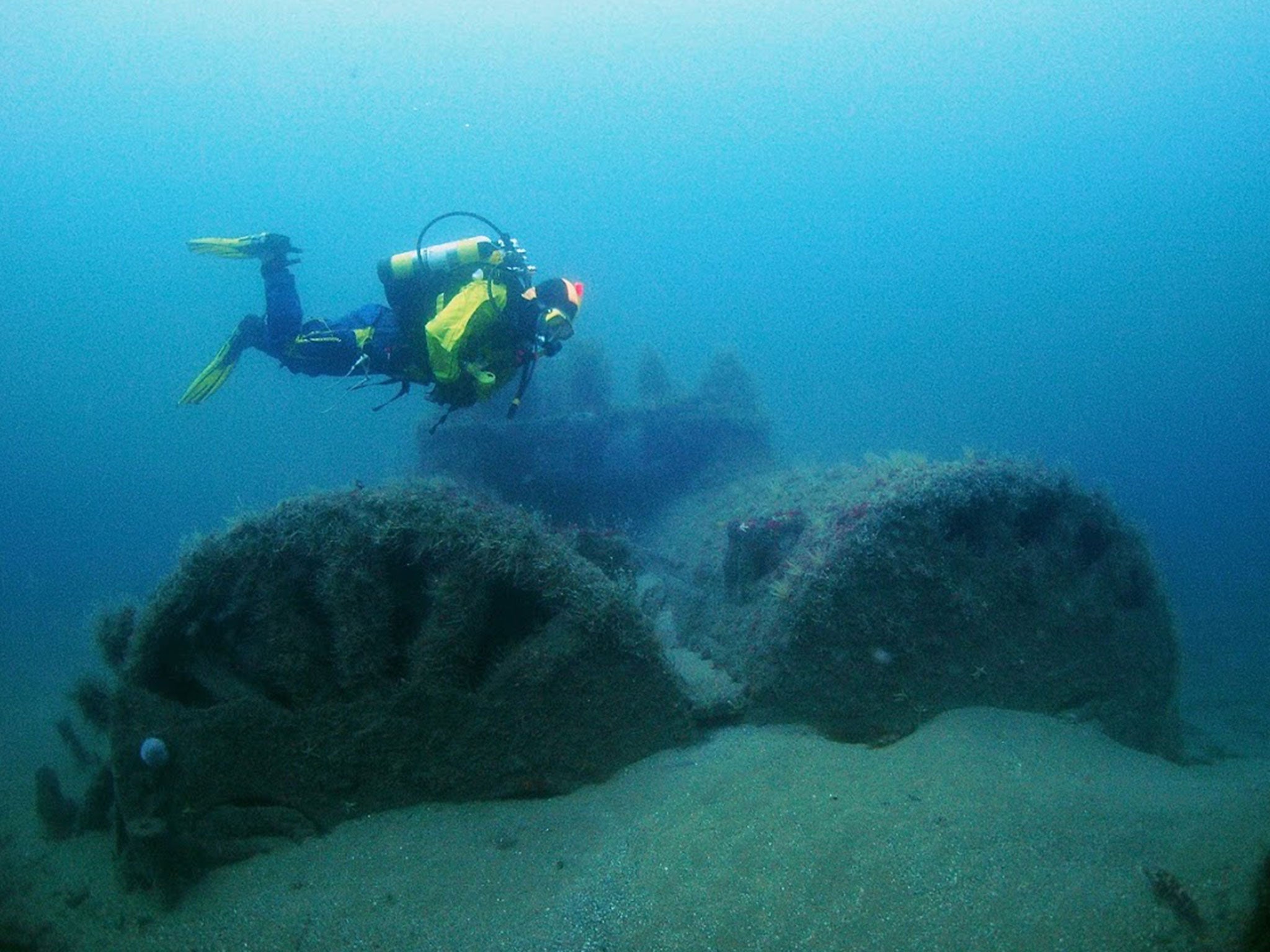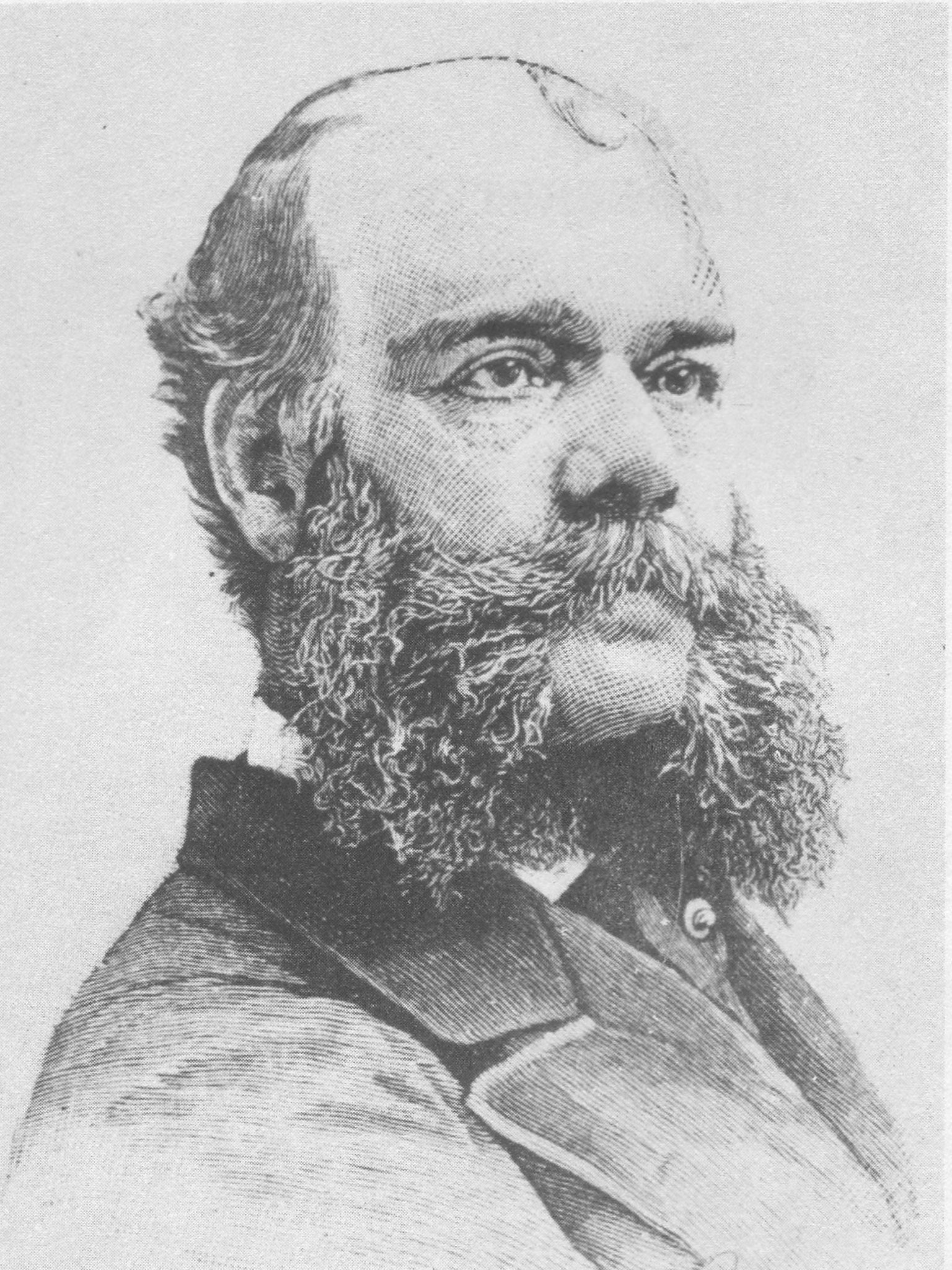Historians reveal secrets of UK gun-running which lengthened the American civil war by two years

New historical and archaeological research is shining an embarrassing light on one of the darkest periods of British foreign policy.
Investigations by a leading Scottish maritime historian have succeeded, for the first time, in locating the main secret British headquarters of the American Civil War Confederate government’s transatlantic gun-running operation.
Other research, carried out over the past decade, has revealed the extraordinary extent to which substantial sections of Britain’s business elite were working with impunity to help the slave-owning southern states win the Civil War – despite the fact that Britain was officially neutral and had outlawed slavery almost 30 years earlier.
What’s more, in the Bristol Channel, the remnants of one of the Confederate gun-runners – the 395 ton Matilda – has been tentatively identified on the seabed off the coast of the island of Lundy.
Three other confederate wrecks had already been identified in British waters – off the west coast of Scotland, off Liverpool and in the Bristol Channel.
In total some 200 vessels were purpose-built or upgraded on Clydeside, in Liverpool or in London for the Confederate states – and hundreds of thousands of guns (including heavy artillery) were manufactured in Birmingham, Newcastle and near London for the Confederate Army.
The entirely illegal, but tacitly British-Government-approved pro-Confederate gun-running operation is thought to have lengthened the American Civil War by up to two years – and to have therefore cost as many as 400,000 American lives.
“The identification of the Confederacy’s main secret gun-running headquarters should serve to highlight the role played by key elements of the British business elite in helping the slave-owning states in the American Civil War,” said maritime historian Dr Eric Graham of Edinburgh University.
“The clandestine headquarters was established just 32 miles by railway from Clydeside because it was the big shipbuilding magnates there who were being contracted to build or upgrade more than half of the two hundred vessels supplied to the Confederacy by UK shipyards.”
“It demonstrates that Britain’s neutrality was, in reality, a complete sham,” said Dr Graham, the author of a major book on the Civil War gun-runners, Clyde Built: The Blockade Runners of the American Civil War.
The guns were shipped from Britain to the British crown colonies of Bermuda and the Bahamas on board commercial cargo vessels. But from Bermuda and the Bahamian port of Nassau, they were carried by 300 high-speed gun-running vessels - mainly shallow-draught paddle-steamers - two thirds of which had been purpose-built or adapted for the job in British shipyards.
Today none of these blockade runners survives above water – but of those that were wrecked or sunk, a number have been identified off the US and UK coasts.
Indeed, English Heritage has just turned one of the gun-runner wrecks, the 80m Iona 2, which sank in a storm off the island of Lundy in the Bristol Channel in 1864, into an underwater tourist attraction. An official scuba diving trail, complete with suitably waterproof guide books for use underwater, has been officially launched around the vessel – and its illicit "dark heritage" status will undoubtedly make it all the more intriguing.
“This dive trail - English Heritage's fifth underwater tourist trail for protected wrecks to open since 2009 – is an important historical reminder of a part that Britain played in the American Civil War,” said English Heritage maritime archaeologist Terry Newman. A leading UK archaeological consultancy, Wessex Archaeology, has been monitoring the condition of the wreck on behalf of English Heritage.

Three other Confederate wrecks around Britain’s coastline are the Iona 1, which collided with another ship and sank in the Clyde in 1862, the Lellia, which went down in a storm off Liverpool with the loss of 47 lives in 1865, and the Matilda, which sank in dense fog in the Bristol Channel in 1864.
The newly discovered main secret UK headquarters of the blockade-busting operation was a still extant mansion in the quiet and secluded Stirlingshire village of Bridge of Allan. At any one time, it housed around 10 Confederate agents who held their planning meetings there – and used it as a base from which they could visit top shipbuilding magnates and others on Clydeside and "test drive" vessels to assess their speed.
They seem to have located their headquarters in the countryside so as to avoid the attentions of the various detective agencies which had been appointed by the US Federal government to track them down. However, their wish for rural anonymity did not prevent some of the southern agents from wearing “big hats and smoking large cigars” – key clues which, in early 1864, led the amateur sleuths of the anti-slavery Dundee Ladies’ Emancipation Society to realize who they were – and to inform the US consul in Dundee accordingly. After much pressure had been exerted by the US on the British Government, the exposure of the secret headquarters led a year later to the British preventing the export of a giant, potentially game-changing 130m armoured warship - and four other warships - to the Confederate Navy.
Other research into the Confederate blockade-busting operation, currently being carried out by a Manchester-based historian, is revealing how the Confederate network extended over many different parts of Britain.
Researcher Gerald Hayes is piecing together the previously unstudied details of a complex of more than half a dozen blockade-busting companies based in Liverpool and London and their relationship with other Confederate sympathizers – including pro-Confederacy MPs at Westminster.
Britain was split down the middle in its attitude to the American Civil War. The left, many liberals and much of the working class was pro-US and anti-Confederate – mainly because of the South’s pro-slavery stance. But many Tories and much of the business sector were actively pro-Confederate, as there were considerable fortunes to be made from supplying guns, uniforms, medicines, textiles and even food to the south.
Geopolitically, the British government saw the USA as a growing challenge to its global domination – especially in terms of merchant marine carrying capacity. The British also feared US expansionism and potential US-originating threats to Canada and British colonies in the Caribbean.
“Economically Britain saw huge advantages in the break-up of the United States. It saw the American South as a source of raw cotton – and as a market for manufacturing goods, whereas it saw the North as an industrial competitor which sought to use protectionist policies to exclude Britain from American markets,” said Dr. Graham.
Join our commenting forum
Join thought-provoking conversations, follow other Independent readers and see their replies
Comments